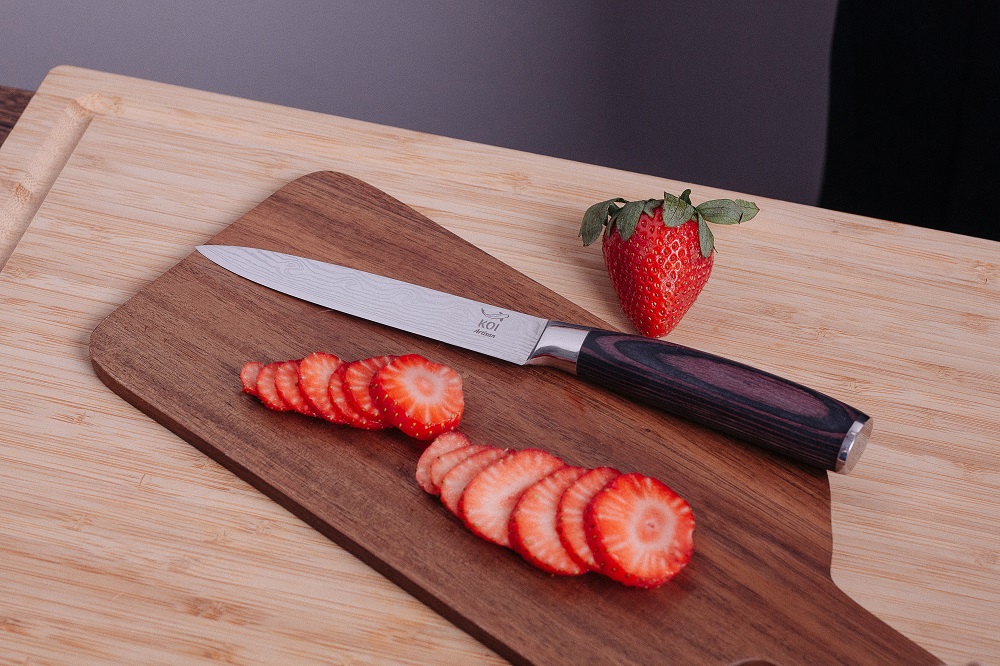What angle should you sharpen a Japanese knife for optimal performance in a culinary setting? This is a vital inquiry, particularly for culinary professionals who recognize the significance of precision in the kitchen. The sharpness of a knife can profoundly impact everything from work efficiency to how beautifully food is presented. Therefore, achieving the right sharpening angle is essential.
Understanding the exact angle for sharpening is crucial to preserving the remarkable sharpness and longevity of Japanese knives. Typically, these knives are honed to a more acute angle than Western knives, generally between 10 to 15 degrees per side. This steeper angle is tailored for creating the fine cuts that are essential in Japanese cuisine. For further knife sharpening insights, examine specialized techniques aimed specifically at Japanese knives.

Importance of the Angle
The sharpening angle significantly affects the knife's performance, especially in fast-paced restaurant environments where precision and speed are paramount. A properly sharpened knife reduces resistance when slicing through ingredients, enabling smoother and more accurate cuts. This detail is especially important in professional kitchens, where ingredient uniformity often dictates the quality of the final dish.
Choosing the Right Sharpening Tools
Selecting appropriate tools is as crucial as knowing the correct angle. Many chefs prefer whetstones due to their effectiveness in maintaining and refining the blade's edge. If you're looking to understand more about various knife types, check out knife types.
Keeping Your Knife in Top Shape
Besides sharpening, it's essential to care for your knife properly. Using suitable cleaning methods and proper storage techniques can significantly extend the life of these intricate tools. For advanced tips on knife care, refer to knife maintenance strategies.
Sharpening Techniques
In a busy kitchen, forming a consistent sharpening routine using the correct angles is advisable. Opt for methods that cater to the distinctive slender profile of Japanese blades. If you're interested in sharpening, learn more about the sharpening process.
Conclusion: Elevating Your Culinary Skills
For those working in kitchens, understanding what angle should a Japanese knife be sharpened is crucial for mastering cooking techniques and impressing discerning guests. The efficiency of a knife is best when paired with skill, appropriate hand techniques, and high-quality tools. A well-maintained edge not only guarantees accuracy but also elevates the food experience.

FAQ
Q1: What angles commonly apply to Japanese knives?
Most Japanese knives are typically sharpened at an angle between 10 to 15 degrees per side, which gives them their unmatched precision in comparison to Western knives, which usually are at 20 degrees.
Q2: How frequently should I sharpen my Japanese knife?
The frequency of sharpening varies based on usage, but it's generally recommended to hone regularly every few weeks, with occasional sharpening on a whetstone.
Q3: What tools work best for sharpening Japanese knives?
Whetstones are considered ideal for Japanese knives because they can finely hone and maintain the delicate edges of these blades, providing optimal performance.
This article contains affiliate links. We may earn a commission at no extra cost to you.


























